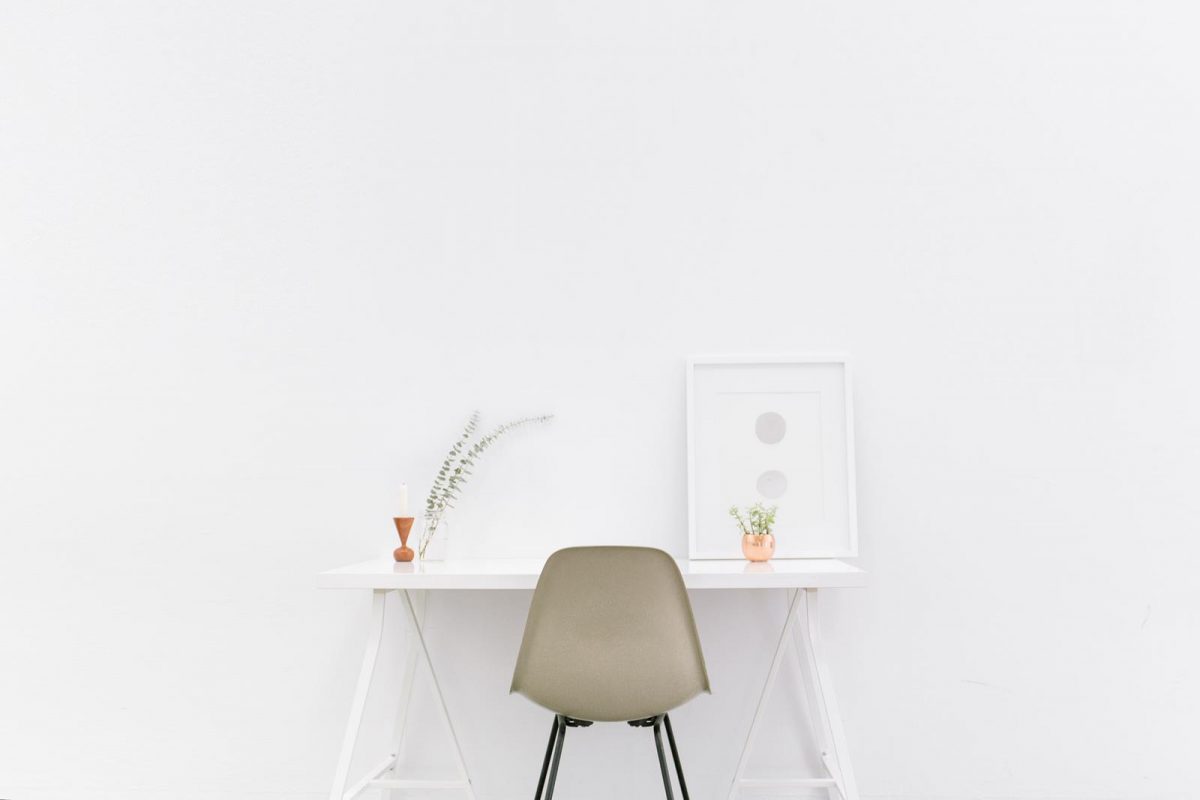Furniture Design – How to Choose the Right Furniture For Your Workplace
Picking the right equipment for your office is more than just about how it looks; it also affects how productive you are, how healthy your employees are, and how well the office runs overall. A well-designed office makes it easier for people to work together, makes people more comfortable, and boosts the company’s professional image. It needs to be able to handle a variety of jobs and user needs, from focused work by one person to meetings with a group and casual chats. As workplaces become more open, mixed, and focused on people, the furniture that is chosen needs to adapt to these new changes. Not only can the right pieces change how people do their work, but they can also change how they feel about the place they work in. This article talks about how to create office furniture with purpose, focusing on how it looks, how well it works, how easily it can be changed, and how much it will be worth in the long run in any modern professional setting.
Aligning Design with Function and Flow
When choosing office furniture, one of the most important things to keep in mind is that the style should support the tasks of the room. These days, offices aren’t usually one-size-fits-all. They have different areas, like meeting rooms, bars, private workspaces, and places for people to work together. Each area needs furniture that fits with what it’s used for. For example, each person’s desk should have enough surface area, support for their body, and storage choices. In shared areas, tables should encourage open conversation without getting too crowded or distracting to look at. It’s also important to know how people move around the office—badly put furniture can obstruct traffic, cause backups, and hurt total productivity.
Thoughtful design also takes into account how workers connect with their desks. Chairs that can be adjusted in height, desks that can be changed in height, and mobile furniture can all be moved around to fit different jobs and user preferences. These features make the product more comfortable and flexible, which makes it easier to move around during the day and reduces physical pain. Focus and tiredness are both better when you work in a place that encourages both production and freedom. Layout and furniture that are purposefully aligned can make an office work like a single system that helps people do their best work.
Aesthetic Impact and Brand Identity
Furniture also sends cultural and visual messages. The way a workplace looks has a direct effect on the mood and attitude of the people who work there and also on how clients and guests first perceive it. The furniture helps a company show what it stands for and who it is, whether it wants a sleek, modern look or a warm, natural feel. The mood is affected by color schemes, materials, and design styles, all of which should be chosen to match the brand’s image. This makes sure that the way the office looks supports the message the company wants to send, both inside and outside the company.
The way workers feel in the room is also affected by the way the furniture is designed. Natural wood finishes may make you think of warmth and durability, while steel and glass may make you think of new ideas and clarity. The colors, lighting, and visual freedom that come from where and how you place your furniture can affect everything from your ability to relax to your imagination. Soft seats and organic shapes can help people talk in a more relaxed way in joint areas, while organized, clean lines can help people stay focused and professional in senior areas. Aesthetic choices aren’t just about design; they’re also about making a space that shows what a brand does every day and how it feels about it.
Ergonomics and Employee Well-Being
The health and happiness of workers is becoming more and more important in workplace planning, and comfortable furniture is a big part of making this happen. Musculoskeletal problems, tiredness, and even less involvement can be caused by bad posture, long periods of sitting, and desks that aren’t set up properly. Ergonomic furniture, like desks with the right height ranges, chairs that can be adjusted to support your lower back, and monitor stands that ease neck strain, can make your work and comfort a lot better. An comfortable workplace shows workers that you care about their health, which can boost mood and cut down on absences.
Aside from individual desks, furniture that is made with people in mind is also useful in meeting places and common areas. Giving people a choice of different ways to sit, like standing tables or chairs that recline, lets them find the best position for them at any given time. This kind can ease pain, improve blood flow, and help you concentrate again. For employees to be happy and healthy, it takes more than just one piece of furniture. It takes a network of supporting design choices that take into account how people actually move, sit, and work during the day. So, ergonomic design isn’t just a nice-to-have; it’s also a smart way to make sure that workers can keep their jobs.
Flexibility and Scalability for the Future
Needs at work don’t stay the same for long. Office plans need to be able to change quickly and easily as teams grow, project needs change, or mixed models become the rule. By using adaptable seats, movable walls, or tables that can be used for more than one thing, you can make sure that the space can change without having to go through major improvements. Flexibility lets you play around with the plan in creative ways and supports a range of work styles, from focused one-on-one work to active group projects.
Scalability is also very important, especially for companies that plan to grow or change how they work. Adding to or reusing furniture that is easy to do cuts down on waste and costs while keeping the look consistent. It also keeps things running smoothly when new setups need to be made. Spending money on high-quality furniture that can be changed to fit different needs is a better long-term investment. When people in the workplace accept change with confidence and clarity, it makes the place more flexible and strong, ready for the needs of tomorrow’s workers.
Conclusion
Picking out the right office furniture is a planned process that affects every part of how people work and feel in their job. You need more than just a good eye for design. You also need to know a lot about how things work, how to express your brand, how to keep employees healthy, and how to make things adaptable over time. When chosen with care, office furniture can boost output, accommodate different ways of working, and strengthen a company’s personality and ideals. It makes a space that feels purposeful and helpful, where people can do their best work and teams can work together easily. Businesses need to change how they furnish their places as well, to keep up with new tools, work styles, and employee standards. Companies can make dynamic workplaces that not only meet today’s needs but also predict tomorrow’s needs by investing in furniture that is flexible, practical, and artistically pleasing. These are places where comfort, functionality, and creativity all work together perfectly.


